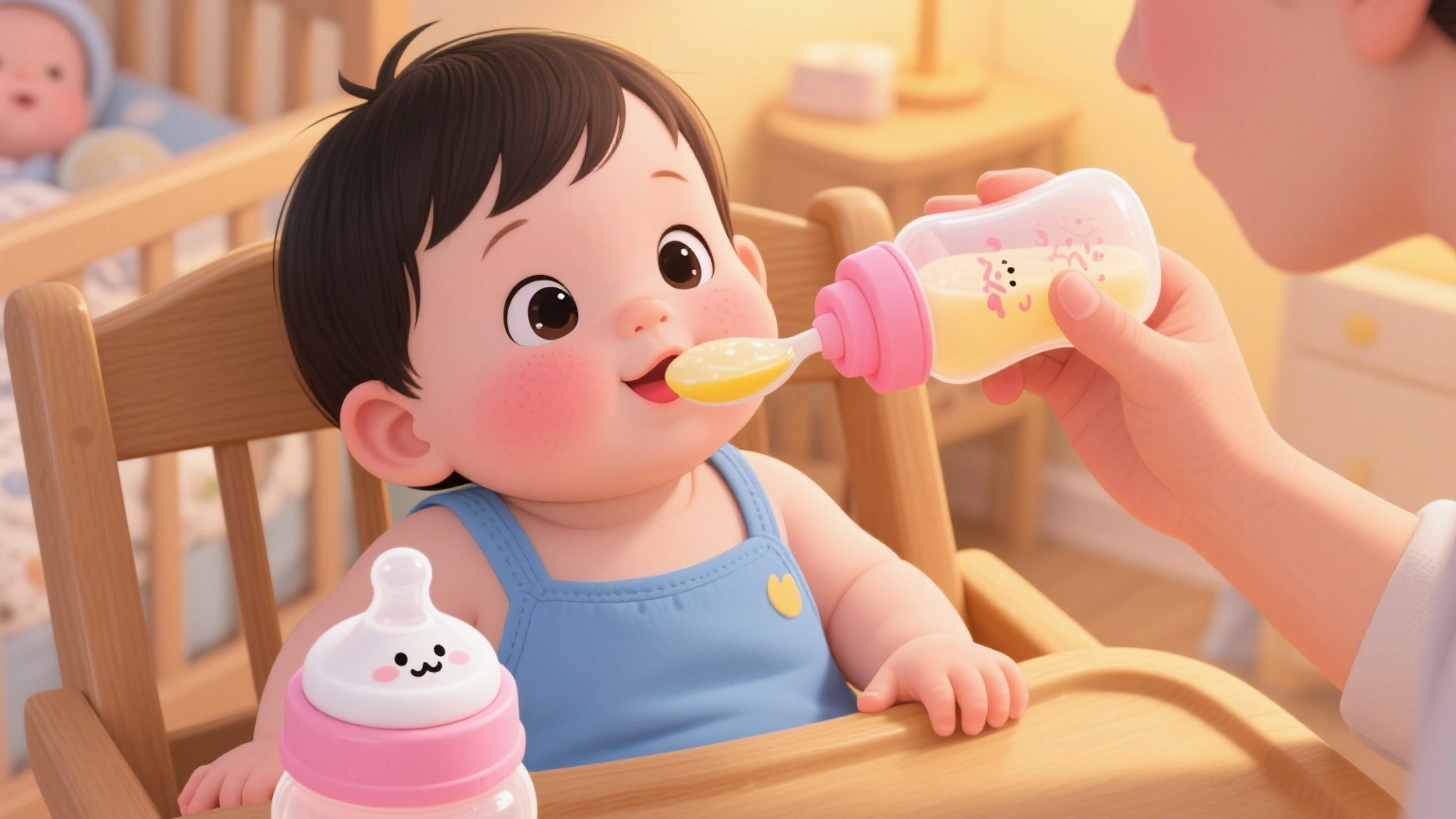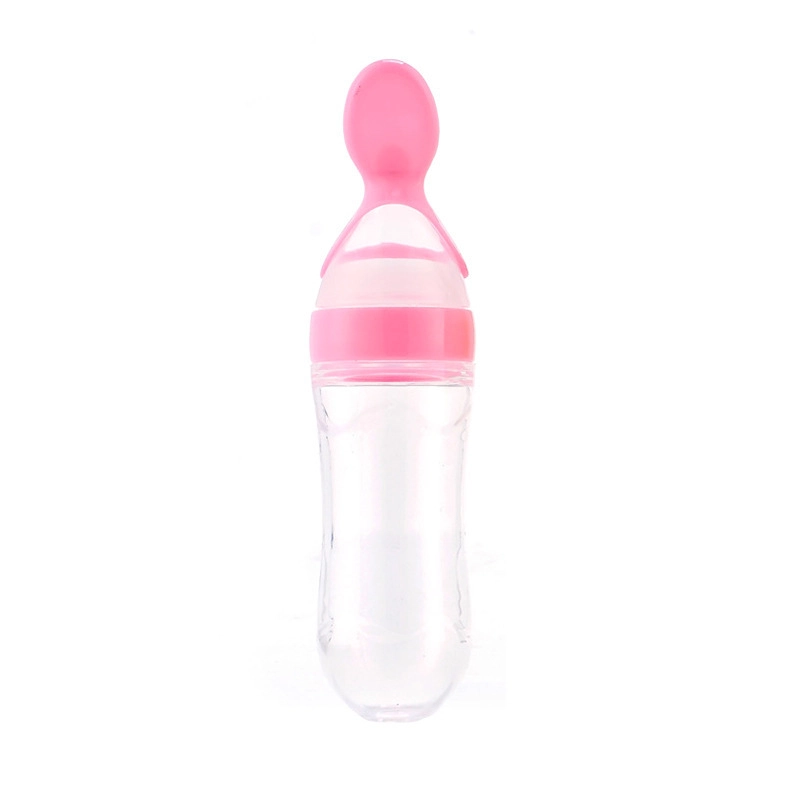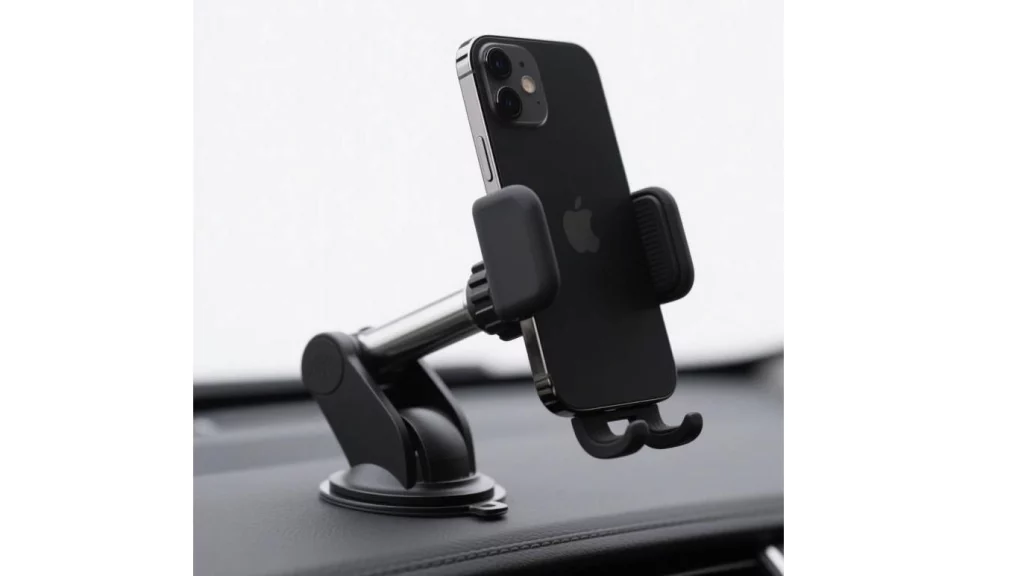
Key Components of the Supply Chain for Squeeze Feeding Bottles with Spoons
Raw Material Procurement and Selection
Finding Safe and Tough Materials
Creating squeeze feeding bottles with spoons starts with picking out the best materials. Silicone is used the most because it is very durable, flexible, and totally safe for kids. It is free of anything toxic, doesn’t have a weird smell, and stays solid no matter what you throw at it. Whether it’s blazing hot or icy cold, silicone holds up. That makes it perfect for stuff that touches food or drinks. Food-grade silicone is even better—it’s got no nasty chemicals like BPA, so it checks all the boxes for global safety standards.
Every material gets tested like crazy to make sure it’s safe. We’re talking FDA rules in the U.S. or EU standards in Europe. This is a big deal for babies and toddlers, since they’re extra sensitive to anything harmful.
Following Safety Rules
Companies making these squeeze spoon feeders stick to really strict quality checks. Certifications like ISO 9001:2015 and ISO 14001:2015 show they mean business when it comes to doing things right. These standards make sure every material is safe, good for the planet, and built to last. When companies focus on this stuff, parents trust them more. Plus, it keeps them in line with the best ways of doing things around the world.
Manufacturing Process for Squeeze Spoon Feeders
Crafting with Injection Molding
The way these products are made often involves some high-tech injection molding. This lets makers shape bottles and spoons exactly how they want them. Liquid silicone machines are awesome for this. They’re crazy precise when it comes to molding and setting the material. That means every batch turns out just as good as the one before.
Injection molding also makes it easy to mix things up with designs. For example, some bottles have shapes that feel comfy in your hand. That’s a game-changer for parents feeding their babies.
Checking Quality Every Step of the Way
To keep things top-notch, makers do serious quality checks all through production. They look at the raw materials, keep an eye on the process, and test the final products. Tools like digital calipers, thickness gauges, and load testers are always in use. These make sure every single batch is safe and works like it should.
Automated tools, like liquid feeders, help avoid slip-ups by taking care of things like mixing or cutting rubber. They also make the whole process faster, so companies can churn out more products.
Is It Okay to Feed a Baby with a Spoon?
Benefits of Spoon Feeding for Babies
Helping Little Hands and Mouths
Spoon-feeding is a big win for babies’ growth. It teaches them how to use their hands and mouths together, which builds those all-important motor skills. This early practice sets them up to feed themselves one day.
Plus, spoons let babies try out different food textures when the time’s right. That’s huge for learning how to chew and swallow solid stuff.
Kicking Off Healthy Eating
Spoon-feeding gets kids started on good eating habits early. Parents can dish out healthy homemade purees or soft foods. Unlike just bottles, spoons let you keep an eye on how much a baby eats. That makes it easier to ease them into a balanced diet.
Squeeze feeding bottles with spoons also make mealtime a blast. Their fun colors and cool designs catch a baby’s eye.
Challenges of Spoon Feeding
Handling Time and Spills
Spoon-feeding is great, but it can take some patience. Babies might need a bit to figure out how to eat from a spoon or swallow properly. Parents have to hang in there.
Spills are part of the deal too. Babies aren’t exactly neat eaters. But products with leak-proof seals or wide openings make cleaning up way less of a chore.
Calming Safety Fears
Parents can get a little worried about new feeding tools. They might stress about choking if the food’s not just right. Or they might wonder if the spoon is safe for their baby.
To put those worries to rest, companies use BPA-free materials and follow super strict safety rules. Silicone products, for example, get tested over and over before they hit stores.
Are BPA-Free Baby Bottles Really Safe?
Understanding BPA and Its Risks in Baby Products
What’s the Deal with BPA?
Bisphenol A, or BPA, is a chemical used in some plastics and resins. You’ve probably seen it in things like water bottles, food containers, or baby bottles. The problem? BPA can sneak into food or drinks, especially when things heat up. That’s not great, especially for babies and kids, since their bodies are still growing.
BPA acts kind of like a hormone, which can mess things up. Over time, it might lead to developmental problems, hormone issues, or even a higher chance of certain illnesses. Studies have linked long-term BPA exposure to stuff like behavior changes, early puberty, or reproductive troubles later in life.
Why BPA-Free Is Better
With risks like that, it’s no surprise parents are all about BPA-free products. They’re super careful about anything that touches their kids’ food or drinks. BPA-free baby bottles use safer materials to dodge these issues.
These materials don’t let harmful chemicals leak into what’s in the bottle. That’s a huge relief for parents. Plus, these products meet tough safety standards, like FDA approval in the U.S.
Evaluating the Safety of BPA-Free Bottles
What’s Used Instead of BPA
To steer clear of BPA, makers often pick silicone or polypropylene. Silicone’s a crowd-pleaser because it’s strong, flexible, and really safe. It’s non-toxic, doesn’t smell, and stays steady in any temperature. That makes it awesome for baby products that need constant cleaning or heating.
Food-grade silicone is the gold standard. It’s free of bad chemicals and meets FDA and EU safety rules. Silicone’s also easy to shape into designs that parents love using.
Polypropylene’s another great option. It’s light, tough, and can handle heat. And it’s free of BPA or other harmful stuff you sometimes find in plastics.
Safety Rules for BPA-Free Products
Making BPA-free bottles means playing by strict safety rules. Certifications like ISO 9001:2015 show a company’s all about quality. These make sure every material is safe and lasts a long time.
During production, makers run all kinds of tests to stay on track with safety guidelines. High-tech tools like liquid molding machines help make everything super precise. Liquid silicone machines keep quality consistent. Testing gear like thickness gauges and digital calipers makes sure every batch is just right.
CASINDA’s Stable Supply Chain for BPA-Free Squeeze Feeding Bottles

Keeping Quality Steady
CASINDA’s a big name in silicone products because of its rock-solid supply chain. It snagged ISO 9001:2015 certification back in 2018, showing it’s serious about top-quality work.
The company uses fancy tools like liquid feeders and oil presses to keep production humming. Liquid feeders take care of things like mixing rubber, which cuts down on mistakes and speeds everything up.
CASINDA’s quality team makes sure every product is on point. Tools like load curve testers check that everything meets tough standards. Certifications like IATF 16949:2016 prove that we are all about doing things the right way.
Getting Products to Customers Fast
CASINDA’s supply chain isn’t just about making stuff. It’s also about getting products to people quickly. In 2022, we expanded their factory, which boosted how much we can make. That helps us keep up with demand at home and abroad.
Our logistics team uses smart planning to ship orders on time. With silicone products delivered in 5–15 days, CASINDA keeps customers happy and makes sure everything shows up in perfect shape.
FAQ
Q: What materials are commonly used in BPA-free squeeze feeding bottles?
A: BPA-free squeeze feeding bottles are typically made from food-grade silicone or polypropylene. Silicone is popular for its durability, flexibility, and safety—it’s non-toxic, odorless, and can handle extreme temperatures. Polypropylene is another safe, lightweight, and heat-resistant option that’s free of harmful chemicals like BPA.
Q: How do manufacturers ensure the safety of materials used in these bottles?
A: Manufacturers test raw materials rigorously to meet global safety standards, like FDA regulations in the U.S. or EU guidelines. They use certifications such as ISO 9001:2015 to show commitment to quality. Materials are checked for toxins like BPA, phthalates, or lead to ensure they’re safe for babies.






